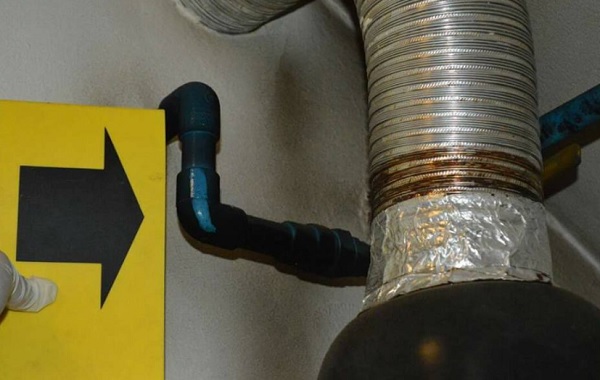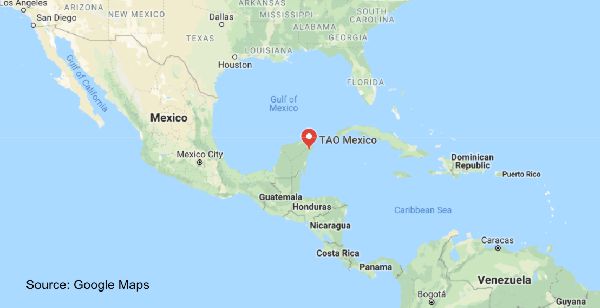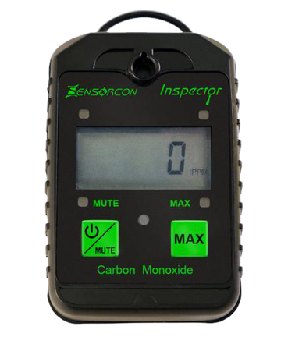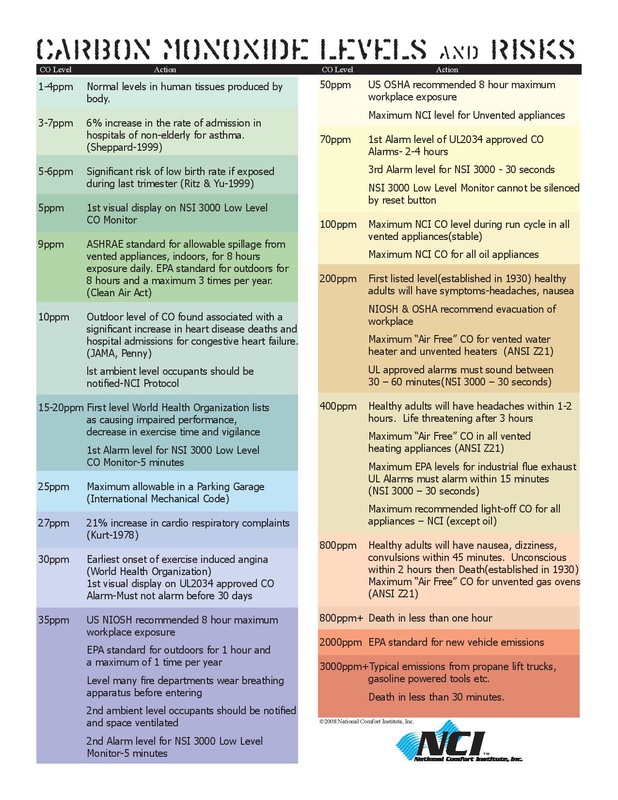Mexico Police: Propane Gas Killed Iowa Family
Officials: Iowa family died of Gas Asphyxiation at Mexican Resort
Video Credit: Des Moines Register

Credit: Facebook. Sharp Family of Creston Iowa
April 9, 2018 – By Susan Stern – Propane gas from a faulty water heater
More details on the death investigation of an Iowa family vacationing at a resort in Akumal, Mexico. A police investigator told the Des Moines Register “initial autopsy results” show Kevin and his wife Amy, and their children Sterling and Adriana Sharp of Creston were asphyxiated by “propane” gas from a “faulty water heater that had rusted in the humid Caribbean climate.”
Chris Martinez, the lead investigator for the Fiscalia General Office in Tulum told the Register the laundry room in the condo where the water heater was located had “no ventilation whatsoever.” When detectives took apart the water heater, he was quoted, “rust had corrupted the device.”
Martínez also told the Register there was never an active fire, but the water heater malfunction stained the walls and ceiling with black marks.

Source: Water Heater inside rented condo. Mexico authorities via ReutersTV
A welfare check requested by relatives in Iowa led Mexico police to the bodies of the Sharp family who were found on March 23 inside their condo located at the luxury Tao Mexico resort in Akumal, Quintana Roo, Mexico, located on the Yucatan Peninsula. Final autopsy results are pending, said the Register.
Mexico Widely Uses Propane (LPG) to Heat Water
Most homes in Mexico use propane gas for hot water heating, writes civil engineer J. Brad Grieve in an article posted at Mexconnect.com. “This is not natural gas, but a mixture of propane and butane gas (called LPG: liquefied petroleum gas)..a petroleum byproduct that burns hotter and is slightly more expensive than natural gas,” he said.

Resort location in Akumal, Quintana Roo, Mexico where the Sharp family was vacationing
In its natural state, LPG is “odorless and scentless.” To serving as a safety warning of a leak, Grieve said a rotten smelling odorant called Mercaptan is added to LPG fuel sold in Mexico.
LPG and Propane are Asphyxiants
Very high concentrations of LPG and propane can cut off oxygen in the air and to the body, and breathing of oxygen-depleted air can lead to death by asphyxiation (suffocation) according to the New Jersey Department of Health Fact Sheet. Both gases are flammable.
Health Risks to People & Pets
“Exposure to high levels of propane can cause cardiac arrest, incapacitation, unconsciousness, or seizures. Direct skin contact with liquid propane can cause frostbite, warns The US National Library of Medicine.
The Des Moines Register article declined to state if its reporters asked the Mexico police investigator whether the rented vacation condo where the Sharp family rented had a working propane gas detector.

Credit: Sensorcon Low Level CO Detector. Digital Display
US Travelers Should Take Precautions
If you plan to travel to Mexico and other regions of the world where propane or LPG is widely used for hot water heating and cooking, US residents may want to consider purchasing a portable propane/LPG gas detector alarm, as a precaution.
Travel With Portable CO Monitor
Snell Heating and AC of Gretna HVAC owner Jerry Snell also recommends travelers buy a portable low-level carbon monoxide monitor that will alert you in real-time to dangerous CO levels starting at 5 ppm (parts per million of pollutant).
“Store-bought detectors don’t alarm until unsafe levels of 70 ppm or higher are present at the unit for 3-1/2 hours! By then, it may be too late,” notes Snell.
Jerry Snell, Owner of Snell Heating and AC, Gretna NE
Short-term and long-term exposure to – low levels of CO – can be harmful to health, as below chart shows.

Credit: National Comfort Institute
“Low concentrations of carbon monoxide – that only a low-level CO monitor is built to detect – can severely impact the health of infants, pregnant women, and people with physical conditions that limit their body’s ability to use oxygen (i.e. emphysema, asthma, heart disease) warns the nonprofit National Fire Protection Association in Maryland.
UL-Listed CO Detectors Inadequate
The Underwriter Lab certification found on CO detectors sold at hardware stores gives a false sense of security. The problem with UL listed alarms is that they’re meant to offer protection to healthy adults during very high levels of CO in a home’s air, and are incapable of warning you of dangerously low carbon monoxide fumes. In fact, the UL certified carbon monoxide alarms are unable to sense CO fumes under 30 ppm.
So when does a UL-listed CO detector sound an alarm, and how much CO can be in the air, for how long?
- 30 ppm for up to 30 days
- 70 ppm for up to 4 hours
- 150 ppm for up to 50 minutes
- 400 ppm for up to 15 minutes
Low-Level CO monitors, on the other hand, display in real-time carbon monoxide levels as low as 5 ppm, and sound an alarm at 15 ppm. This gives people time to open windows to create more ventilation, and the opportunity to call a licensed contractor to investigate the source of the CO.
Danger of CO Poisoning Real
Carbon monoxide is a “by-product of combustion, present whenever fuel is burned. It is produced by common home appliances, such as gas or oil furnaces, gas refrigerators, gas clothes dryers, gas ranges, gas water heaters or space heaters, fireplaces, charcoal grills, and wood burning stoves,” states Iowa State University Extension.
If a home is vented properly and is free from appliance malfunctions, carbon monoxide will most likely be safely vented to the outside. Faulty appliances operating in enclosed spaces without adequate venting can build up CO fumes and poison people and animals who breathe it.
Annual Appliance Check Ups Necessary
A qualified technician, trained to spot malfunctioning appliances, should be hired to clean and inspect fuel-powered appliances each year.
Since you cannot see, smell or taste carbon monoxide, gas companies typically add a foul-smelling additive called Mercaptan to natural gas, propane and LPG to make it easier to detect gas leaks.
Symptoms of CO Poisoning Resemble Flu
The CDC reports that CO poisoning, often described as “flu-like,” replaces oxygen causing headache, dizziness, weakness, upset stomach, vomiting, chest pain, and confusion. As levels increase, carbon monoxide poisoning can lead to loss of consciousness, brain damage or death.
Combustible Gas Detection Alarms Recommended
Investing in a portable CO detector and a propane/LPG detector alarm are smart options to consider to keep your family safe at home and while traveling.
Additional References
Propane Gas Association of New England
Inspectopedia
Tox Town
Low Level Portable CO Monitor
CO Experts – Where to Buy









Leave a Reply